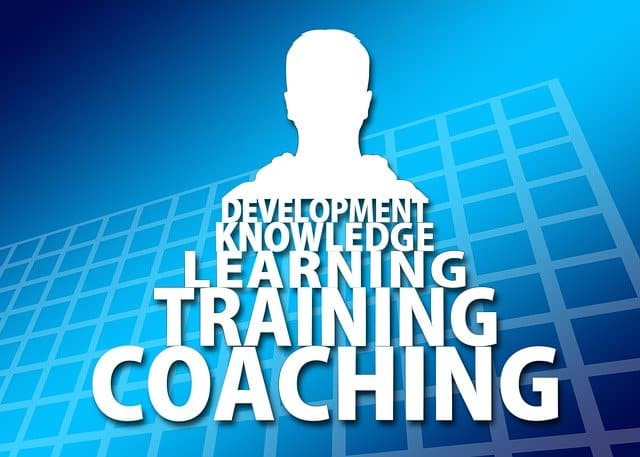Do you know Jeff Wilke? Jeff has shaped the image of Amazon for over 22 years. He was kind of an Amazon coach for founder Jeff Bezos. And he made a lot of good decisions for the company. We look at the factors for product success. One is to focus on inputs rather than outputs.
Many successful founders and companies have a mentor. I had already written once about the Billion Dollar Coach Bill Campbell. Often these teachers are not so in focus. Jeff Wilke stepped down as CEO at Amazon at the end of 2020. He was responsible for retail, logisitk as well as end customers. There has been another general manager for the technical area since 2016.
Most people think that product innovation and growth are the reasons for a valuable business. In practice, operational excellence is the decisive factor for consistent and long-term implementation.
The 6 drivers through the Amazon Trainer
- Single Threaded Inventions
- 6 Phases of Leadership
- Creativity Compounds over Time
- Data Inspection
- Single Page Culture
- Inputs, not outputs
“I was lucky to have him as my teacher. I learned so much from him, and I’m not the only one. He was an incredible teacher for all of us.” Jeff Bezos
Writing leadership principles
In the mid-2000s, Amazon began investing heavily in AWS and in the device business. The so-called S team (senior, department head) also changed. It was less about running the individual business units and more about deciding on the mechanisms for the company. The Amazon trainer was thinking about introducing a culture. Important components were the startup feeling even when growing, attracting the best people and keeping them. Out of this came the Amazon Leadership Principles. Jeff insisted that the principles should really apply to every employee in the company.
The leadership principles start with customer obsession and end with achieving results. They are public, so anyone can take a look. In 18 years, only three other changes were made. One was the addition of “learn and be curious.” Having a set of principles proved to prevent a drifting culture.
Single-Page Communication
The words of the Leadership Principles are used everywhere. And Amazon has a writing culture. Meetings begin in silence while everyone reads documents. No PowerPoint is used.
These leadership words shape the way employees receive feedback. They define the way goals are set and measured. Communication with investors and customers are also part of it.
It was important to the Amazon trainer not to dilute the words with further explanations. No further explanation than this one page is needed to understand the culture. To teach the leadership principles, the primary document must be consulted. Person must read it and think about it thoroughly. Frgane are here: What do these principles mean to you? How would you apply them in your work?
Data Inspection
“We would always say that unverified data is always wrong. This obsession with checking the process really led to some of the operational excellence that was essential for things like Prime.”
You can’t blame the people whose job it is to run the process. You actually have to review the process and ask: Is it optimal? Is it working? Is the data still as accurate as I thought?
Most important, however, is to periodically review whether the tool or process is being used as intended and whether it can be improved.
Creativity Compounds over Time
The difficulty is to focus on something for years. It’s one thing to implement something new. It is considered too often to implement something and immediately move on to the next thing. Important questions would be: Is the insight a few years ago still as valuable?
It’s hard to do that when you’re drawing your energy from creativity, but it’s important that creativity actually adds value over time. Otherwise, you end up with just a bunch of what was once creative and is now just weight.
Single Threaded Inventions
The Amazon trainer had the idea, , that you should give someone you put in charge a single thread as often as possible. So this person only works on one topic. Leadership from a single source.
Inputs, not outputs
The biggest task was to create a service-oriented architecture from a rather traditional legacy architecture. Everything was measured and focused on inputs, not outputs. So the teams rarely worried about quarterly revenue.
When you focus on the inputs, you’re less likely to worry about the cross-organizational output that many teams fight over.
6 Phases of Leadership
There are these moments when cultures change and the tasks of leadership change. I would argue that when n is equal to the log base 10 of the number of people, there are these different phases of leadership: n is equal to 1, 2, 3, 4, 5. Amazon is now at 6.
If you have 100 employees or less, you can know everyone. You certainly know your 10 most important employees very well. But when n equals three or four, you depend on others to create the same environment where people take risks and learn from mistakes. That’s harder to do. It requires different mechanisms and a different kind of projection.
Grafik: CC0 Creative Commons pixabay geralt

